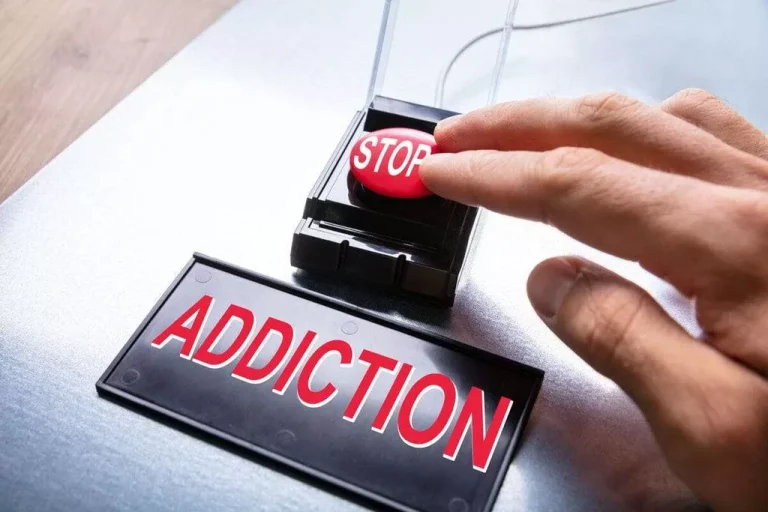
But there are risks linked to opioid use — including severe constipation, nausea, dependence, misuse, opioid use disorder and accidental overdose. For example, opioid medicines may help when the pain level is very high and short term. If you have taken methadone illicitly and you’re worried about experiencing withdrawal, a methadone clinic or rehab facility can help you stop taking the drug. Medical detox programs are generally about five to seven days in duration, though this can vary according to the individual. Methadone withdrawal can be managed through medical detox, and it should be followed by a complete addiction treatment program to sustain long-term recovery.

Interactions between methadone and other medications

The patient should be given a patient information statement containing all of the above information and asked to read it. If the patient cannot read, the patient information statement should be read aloud. If the patient is happy to begin treatment after this process, he or she should sign a consent form to this effect. Following dosing, patients must move into a supervision room located next to or close to the medical clinic.
Withdrawing from Opiates and Opioids
People often take this drug for at least 12 months, with some individuals taking it for years. To get off the drug, buprenorphine can cause severe withdrawal symptoms before the person taking it feels OK again. For homeless people, those withdrawal symptoms—including severe nausea and diarrhea—are made even harder without a home or access to a restroom. Methadone is an opioid that is often prescribed to treat pain but may also be used to treat withdrawal symptoms in people who have become addicted to opioids. Detox facilities can monitor your health and make the process safe and more effective. Medical professionals provide important monitoring and can treat you if you have extreme side effects or if you experience https://ecosoberhouse.com/article/alcohol-detox-side-effects-what-bad-can-happen/ dangerous complications.

Want to Taper Off Methadone? Follow This Guide
- They may choose not to attend for dosing, or may miss dosing through no fault of their own.
- This method reduces the severity of withdrawal symptoms and is usually recommended over quitting “cold turkey.” However, tapering off the drug takes longer.
- However, people that go through treatment with methadone can get off the medication safely with the help of a tapering process.
- Search by state to find treatment programs that are accredited to treat opioid use disorders such as prescription pain medications and heroin.
If a patient is detained who has been on buprenorphine maintenance treatment in the community, you should endeavour to assist the patient to continue this treatment. However, if buprenorphine is not available, the patient should be transferred to methadone maintenance treatment (Figure 4). Patients with severe liver disease should not be prescribed methadone maintenance treatment as methadone may precipitate hepatic encephalopathy. Some of the patients in the methadone program are continuing treatment begun in the community, while others have started methadone treatment in prison.
Urine drug screening should only be used for therapeutic purposes, for example, when a patient is suspected of using drugs and confirmation of this is required. This provides information that the doctor can use to identify if the patient’s treatment needs are being met. For example, if a patient’s urine sample shows continued heroin use despite being in MMT, it may be a sign that the patient needs a higher methadone dose.
Case study: The Hong Kong Methadone Maintenance Program
It allows people to recover from their opioid use disorder, giving them the ability to reclaim their lives. Methadone use and misuse can cause drug dependence, which can lead to difficult withdrawal symptoms when the drug processes out of the body. Instead, medical detox is the optimal format for allowing the drug to process slowly out of the body, often with the aid of medications or a tapering schedule. Due to the risk of methadone misuse and overdose, methadone therapy is only available to people who are enrolled in a government-approved methadone withdrawal treatment program. A doctor monitors your methadone intake and response to make sure that the withdrawal process is safe and effective. The doctor continues the therapy until your body no longer needs methadone at all.
- If you become physically sick after you stop taking an opioid medication, it may be an indication that you’re physically dependent on the substance.
- If methadone patients are provided with opioid analgesics, they may require higher than normal doses to experience pain relief.
- If you have withdrawal symptoms, tell your healthcare team right away.
- In short, the amount of methadone taken each day during a taper will depend on the person, their tolerance level, and how it feels.
- Post-acute or protracted withdrawal can begin in the weeks following your detox.
- If you stop or decrease the number of opioids you’re taking, you may experience physical symptoms of withdrawal.
- But for some like Bynum, it might be the push they need to put one foot in front of the other and start their day.
- If the patient cannot read, the patient information statement should be read aloud.
- The stabilization amount of methadone may need to be kept up for several days or weeks during a taper until the dosage can safely be stopped.
- If your loved one is trying to recover from opioid addiction, you may want to consider a support group for friends and family, such as Nar-Anon.
- However, stopping methadone can result in withdrawal symptoms that last up to 14 days, with some people experiencing symptoms for months.
- Patients who commit minor infractions, for example, illicit drug use or refusal to provide a urine sample, can be disciplined, but should not be made to stop MMT.
If the patient enters a coma, administer naloxone as a prolonged infusion. Side effects should be taken seriously, as some of them may indicate an emergency. Patients should stop taking methadone and contact a doctor or emergency services right away. Withdrawal symptoms vary from person to person, and they can change quickly.
Alternative support

You should also talk to your care providers about your plans after giving birth. Breastfeeding is generally considered safe during methadone treatment. If you want to stop taking methadone, your physician will talk to you about an appropriate tapering timeline. Because methadone is a long-acting opioid, the drug can remain active between 8 and 59 hours. This means that withdrawal comes on more slowly and lasts longer.
Leave a Reply